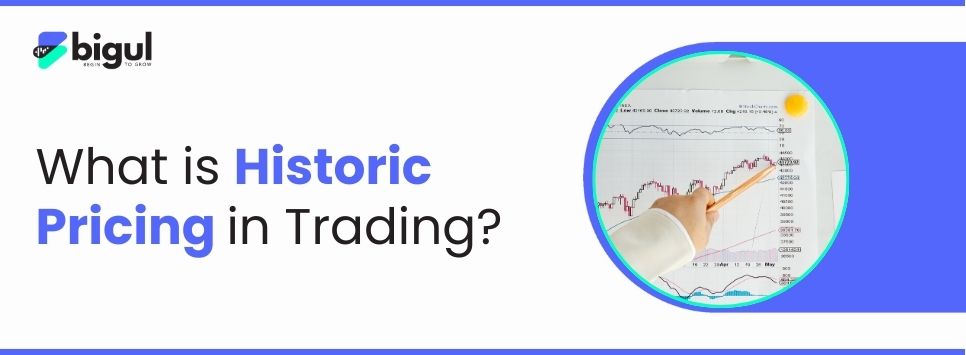Historic pricing in trading refers to historic price data of a financial asset that contains good data, like the movement in price of the asset, volume of deals, and timestamps. These figures are the pillars of technical as well as fundamental analysis and are of utmost significance to enable traders and investors to understand what is about to occur next in the markets.
Definition of Historic Pricing
Historical price refers to the history of the price movement of the price of an instrument over a specific time. It is made up of different points like Open, High, Low, and Close (OHLC) prices and volumes. It is used for examining past performance of instruments and forecasting their future trend.
Investors and traders use historical price data to construct trends and patterns for stock, commodities, foreign exchange, and other financial assets price movements. They are able to gain a better idea of how an asset has reacted to some previous market conditions and thus provide the basis upon which future trade decisions are made.
Importance of Historic Pricing in Technical
Technical Analysis
The basis of technical analysis is historical price data, including methods like price action, chart pattern recognition, and trend analysis. Traders can:
-
Identify Patterns and Trends: In the analysis of price action history, Bull and bear markets, head and shoulders, double tops, support and resistance levels are observed.
-
Calculate Technical Indicators: There are certain Technical indicators e.g. like Moving Averages (MA), Relative Strength Index (RSI), and Bollinger Bands, which are typically calculated based on historical price data. In this way, traders are helped to make buy and sell decisions using historical price movement analysis.
-
Backtesting: Traders utilise historical price data to backtest trading strategies. From backtesting, they can discover how the strategy would have reacted in the past and thus are capable of testing or refining the strategy prior to applying it in actual trade.
Importance of Historic Pricing in Fundamental Analysis
Fundamental Analysis
While this analysis focuses on a company’s current and projected financial health, historical price data gives it some reference point to base its valuation on. It assists analysts
-
Compare Valuations Over Time: Comparing prices in the past to current prices allows analysts to determine if an asset is fairly valued against its past history.
-
Analyse Price Correlations: Historical pricing provides an understanding of relationships among different assets such as airline stocks and oil prices.
Recovering Historic Data
There are a number of ways to retrieve historic price data:
Websites of financial institutions
Big finance websites like Yahoo Finance, Google Finance, and MarketWatch provide historical price information for a vast number of assets including stocks, commodities, and indices.
Brokerage Platforms
Most brokers provide historical price data to clients in terms of charting capabilities.
As an algo trader, possessing APIs such as Alpha Vantage, Quandl, or IEX Cloud enables you to retrieve historical data programmatically in order to backtest, analyze, and trade automatically.
Stock Exchanges
Major stock exchanges such as the NYSE or NSE offer historical price data for download from their respective websites.
For more mature or more advanced information, Bloomberg, Reuters, or Morningstar provides high-end entry to enormous historical databases which professional money managers and giant institutions otherwise get.
Leveraging Historic Pricing Data
Charting with Historic Price Data
Historic data are typically graphed such that the traders could recognize patterns and trends like moving averages, candle patterns, or trend lines.
Trend Analysis with Historic Price Data
When a trader observes changes in the price for different times, the trader will see if the market is moving up, down, or sideways. That will help the trader when they might buy or sell.
Backtesting with Historic Price Data
By experimenting with their strategies on previous data, investors find out how effectively they would have performed. This can improve and optimize their strategies.
Forecasting with Historic Price Data
Based on historical price action and price trends, investors may attempt to forecast a future price move.
Risk Management with Historic Price Data
Knowing how much an asset's price moved a certain amount in the past can assist investors in determining their position sizing and placing stop limits in order to hedge against a loss.
Factors Influencing the Use Historic Prices
Reading historic prices, some of the most important factors and terms to keep in mind are:
OHLC (Open, High, Low, Close):
These four significant prices are instrumental in use when analyzing an asset's price change during any period of time (e.g., day, week, month).
Volume:
It is a measurement of the number of shares or contracts bought and sold over some duration of time. Volume expansion serves to verify a healthy price action, and falling volume may be an indication of a loss of confidence on the part of the market.
VWAP (Volume Weighted Average Price):
It is the average price at which a security, weighted by traded volume, has traded during the day. It provides a notion of average at which most of the business got executed during a time frame so that traders can become aware of the sense of value of the marketplace.
Price Bands:
Price bands are regions in which the price of an asset will trade. Price bands are handy for areas of support and resistance, as well as areas of a possible breakout or reversal.
Real-Time Data vs. Historical Prices
Real-time data and history are both good, but they are for different reasons:
Historical Pricing:
Aids in accessing information on past trends in the market to enable traders to predict trends, test methods, and compute long-term trends in the market. Used increasingly for back testing, predicting future, and longer trend trends.
Real-Time Data:
Both signifies the current price of a security and shows it in real-time. Required for intraday trading (day trading), instant buy or sell order, and live risk management.
By definition, though, historical information can be utilised to examine that which has occurred; available data must be utilised in an attempt to make trades based on present market conditions.
Shortcoming of Relying on Historic Pricing
-
Historic Performance Never Guarantees Future Outcome
The largest drawback of using only old information is that past performance will not perform in the future. Market conditions continue to change, and past trends will not be repeated.
-
Not Contextualizing
Historical price data is incapable of considering meaningful external influences (for example, a recession, political upheaval or new legislation) that ultimately can affect price.
-
Data Gaps or Inaccuracy
History of prices will be incomplete or inaccurate, particularly in thinly traded stocks or when dealing with minor assets. This may cause misleading backtesting and analysis.
-
Risk of Overfitting
Only-historical data traders will most likely be victims of the overfitting trap—developing methods that are effective with historical data but are below average in real-world situations in actual market conditions.
FAQs
Q1: What is the difference between historical pricing and real-time pricing?
Historical pricing is historical price information, easy to perform long-term trend analysis and backtesting, whereas real-time pricing is real-time market prices, required for order instant execution of trade and risk management.
Q2: Is future market action predictable based on historical price information?
Historical data can give you data concerning trends and trends in the markets, but not for the future. Market conditions keep changing, and hence you must work with historical price data as well as latest data as well as inputs.
Q3: How do I get historical price data?
Historical prices are available via finance websites (e.g., Yahoo Finance), brokerage sites, algorithmic trading APIs, and stock exchanges. Some sites are free of charge, while others are paid to subscribe to.
Q4: Can trading on historical data be risky?
Key hazards include overfitting methods to historical data, dependence on defective data, and not being able to account for the impact of external events (e.g., financial events) on asset prices. Caution needs to be exercised in balancing learning historical and current data and market sentiment.
Q5: How do I backtest using historical price data?
By backtesting your strategy on the past data, you have an opportunity to practice how much money your strategy would have earned if you had been applying it in the past. This is proof of its probable profitability before risking actual capital.
Q6: What is OHLC data, and why is it important?
OHLC data (Open, High, Low, Close) represents key price levels of a financial asset within a time frame. It’s vital for technical analysis, chart patterns, and trading strategies. Traders use OHLC charts to track market trends, price movements, and make informed investment decisions effectively.
Q7: Is historical pricing data always accurate?
Not always. It’s important to verify the quality and source of the data, especially for serious backtesting or automated trading.
Issues may include:
-
Missing Data
-
Bad Ticks (incorrect prices)
-
Adjusted vs. Unadjusted Prices (especially for stock splits or dividends)
Conclusion
Historical prices are an easy yet effective tool for both traders and investors, enabling them to apply insights of the past performance, direction, and trend of the market in the future as much as prices go. It is important, though, to know its limitations and augment it with current data as well as sound observation of the current status of the market. Traders are then able to develop responsive and sensitive strategies to evolving market conditions in this manner.

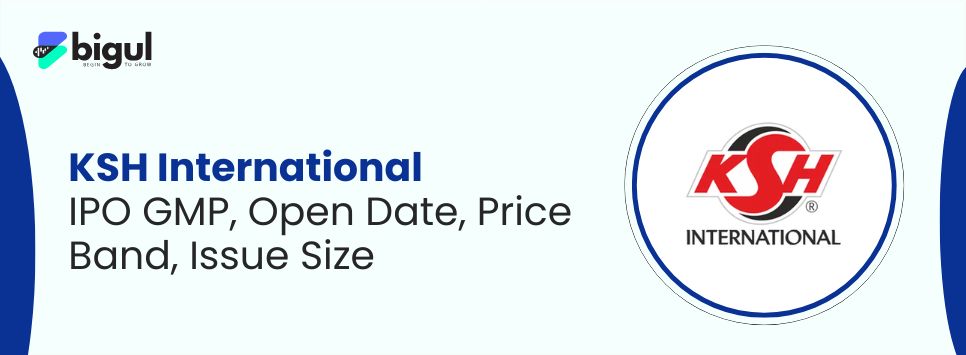

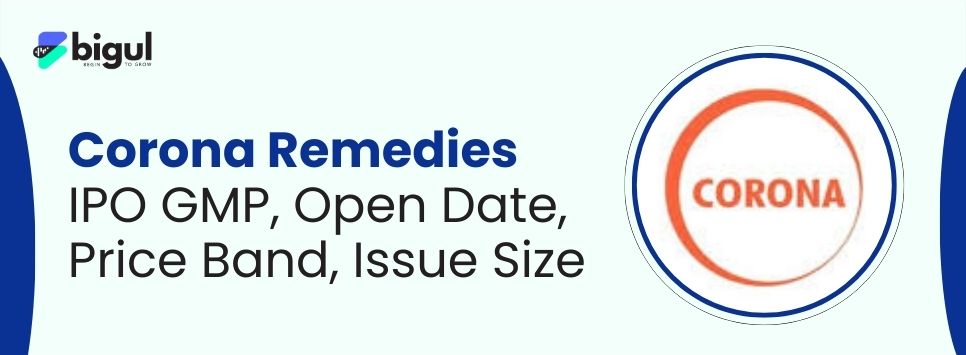
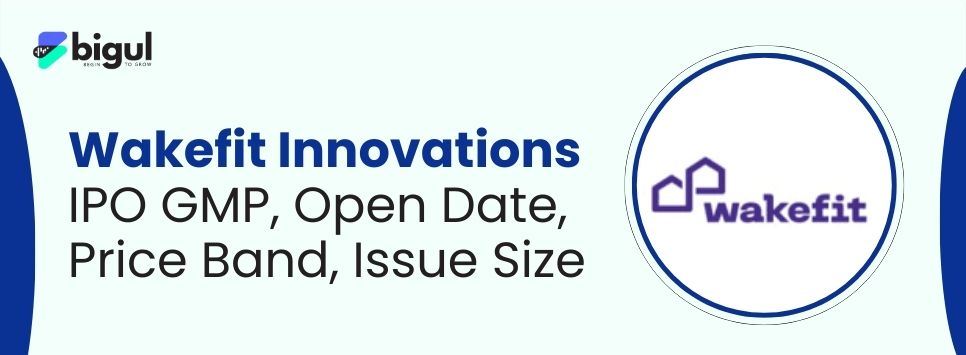

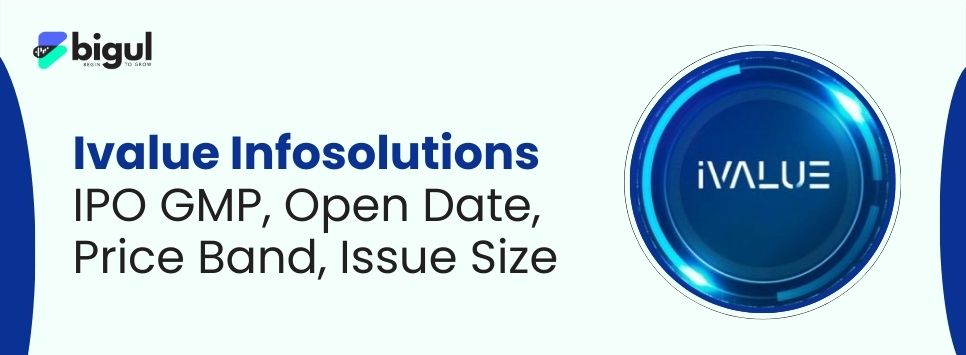

.jpg)
.jpg)
